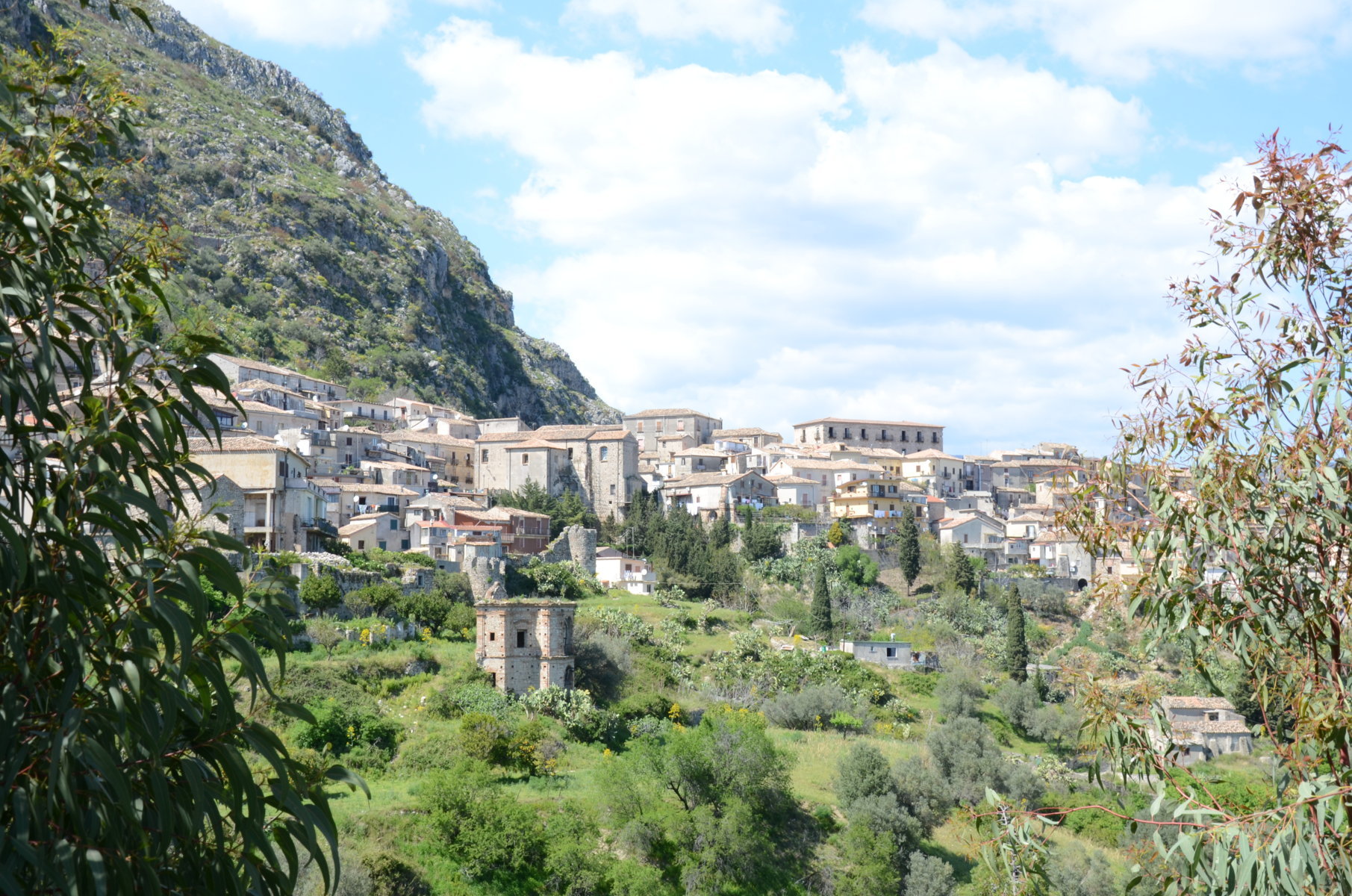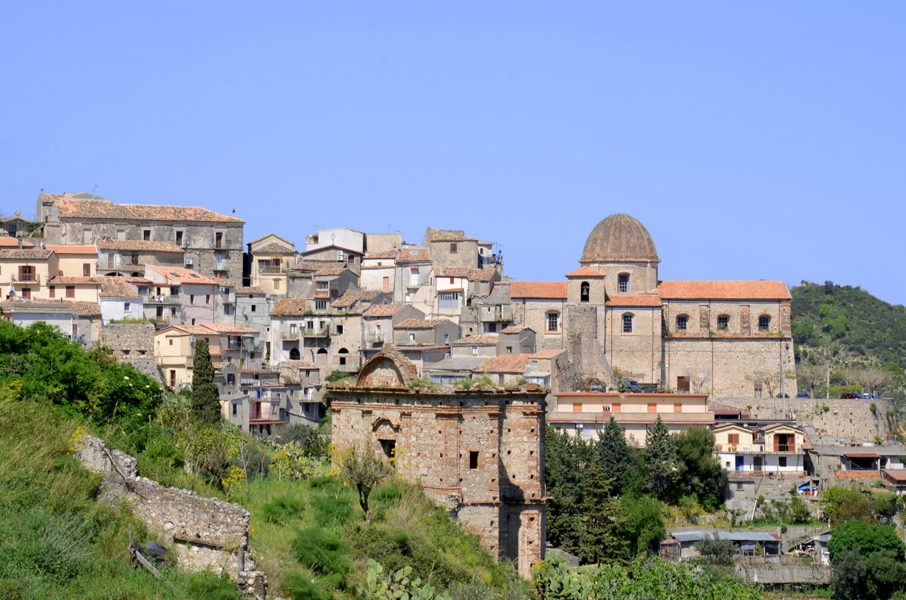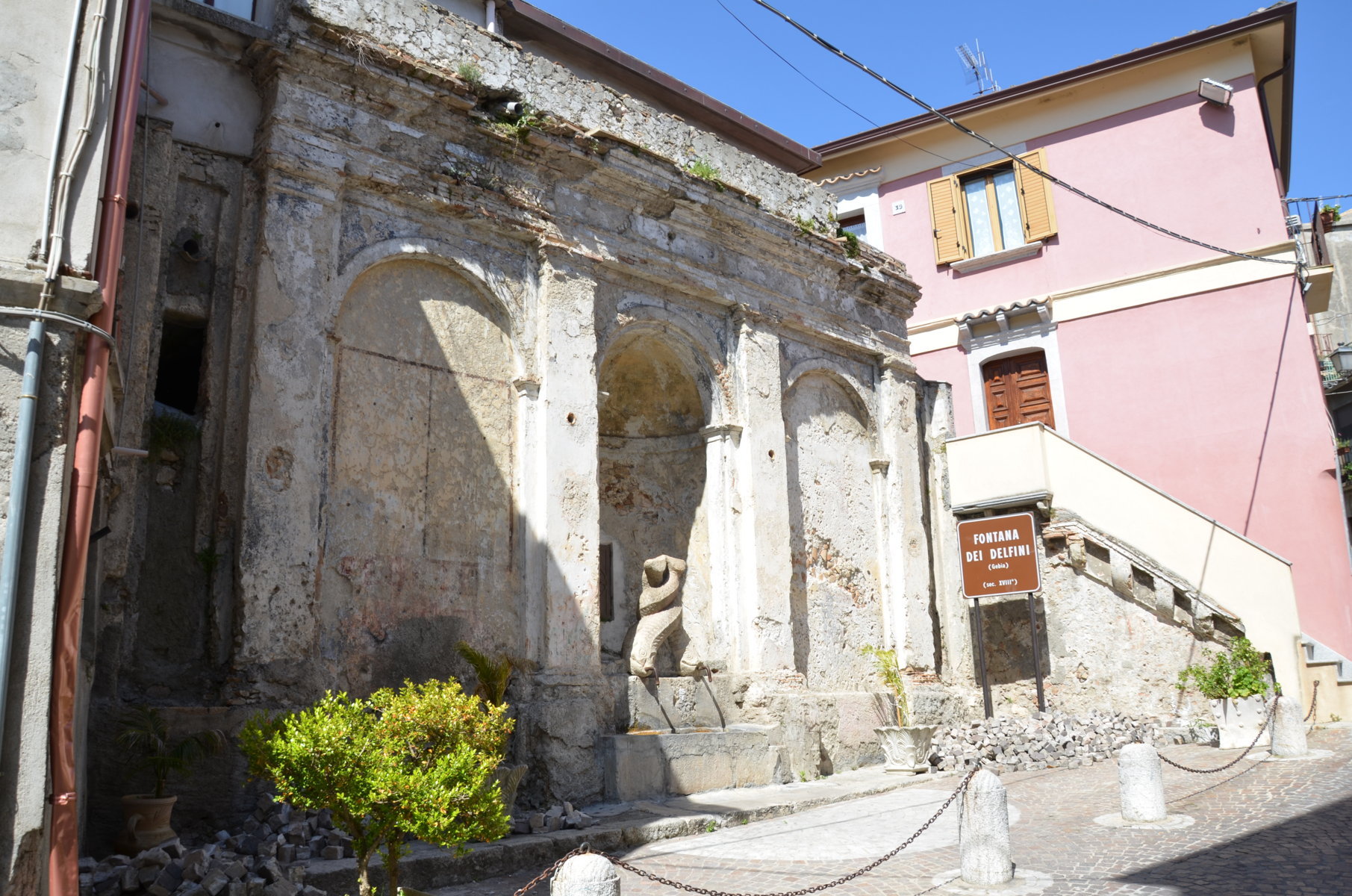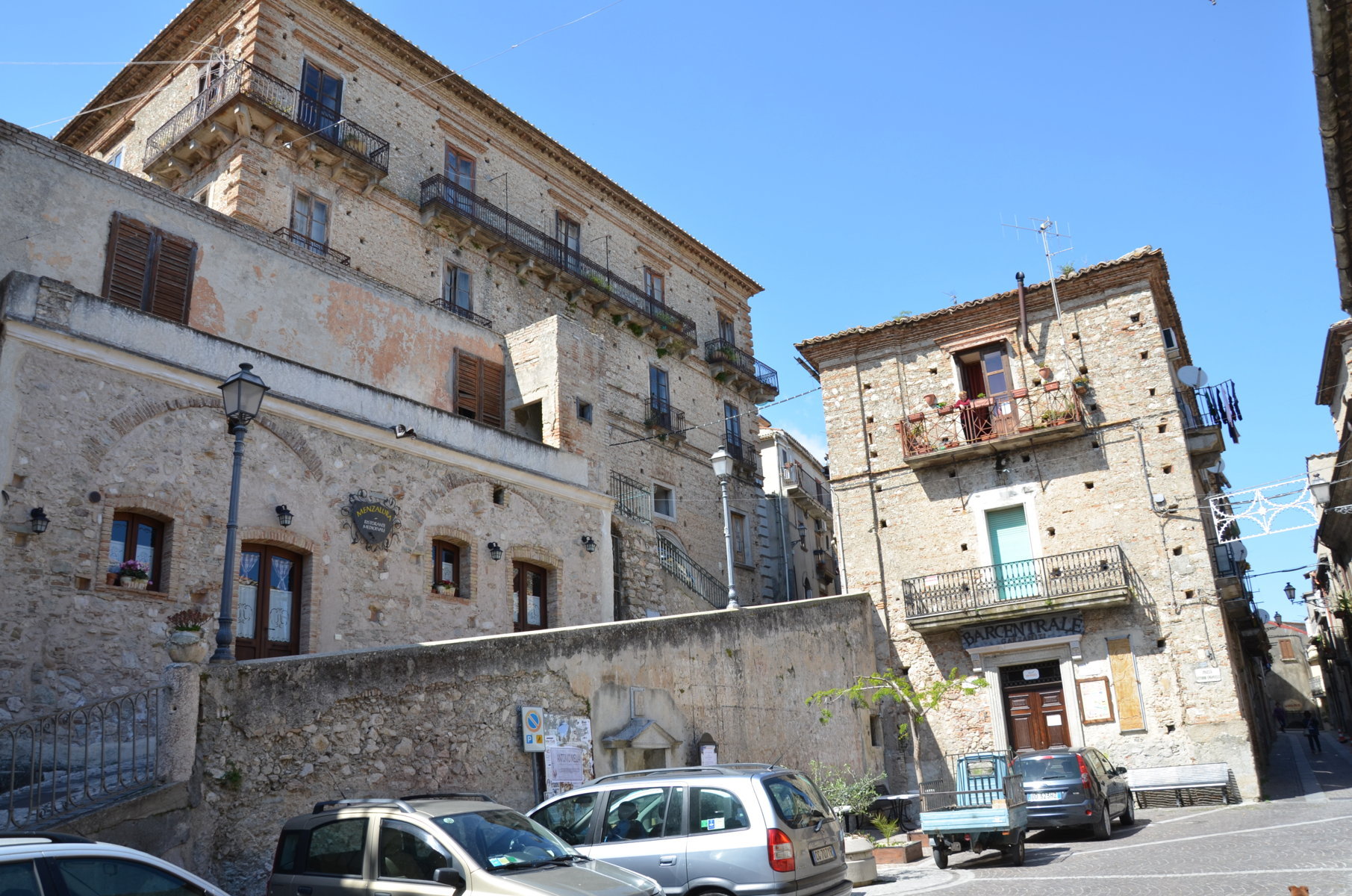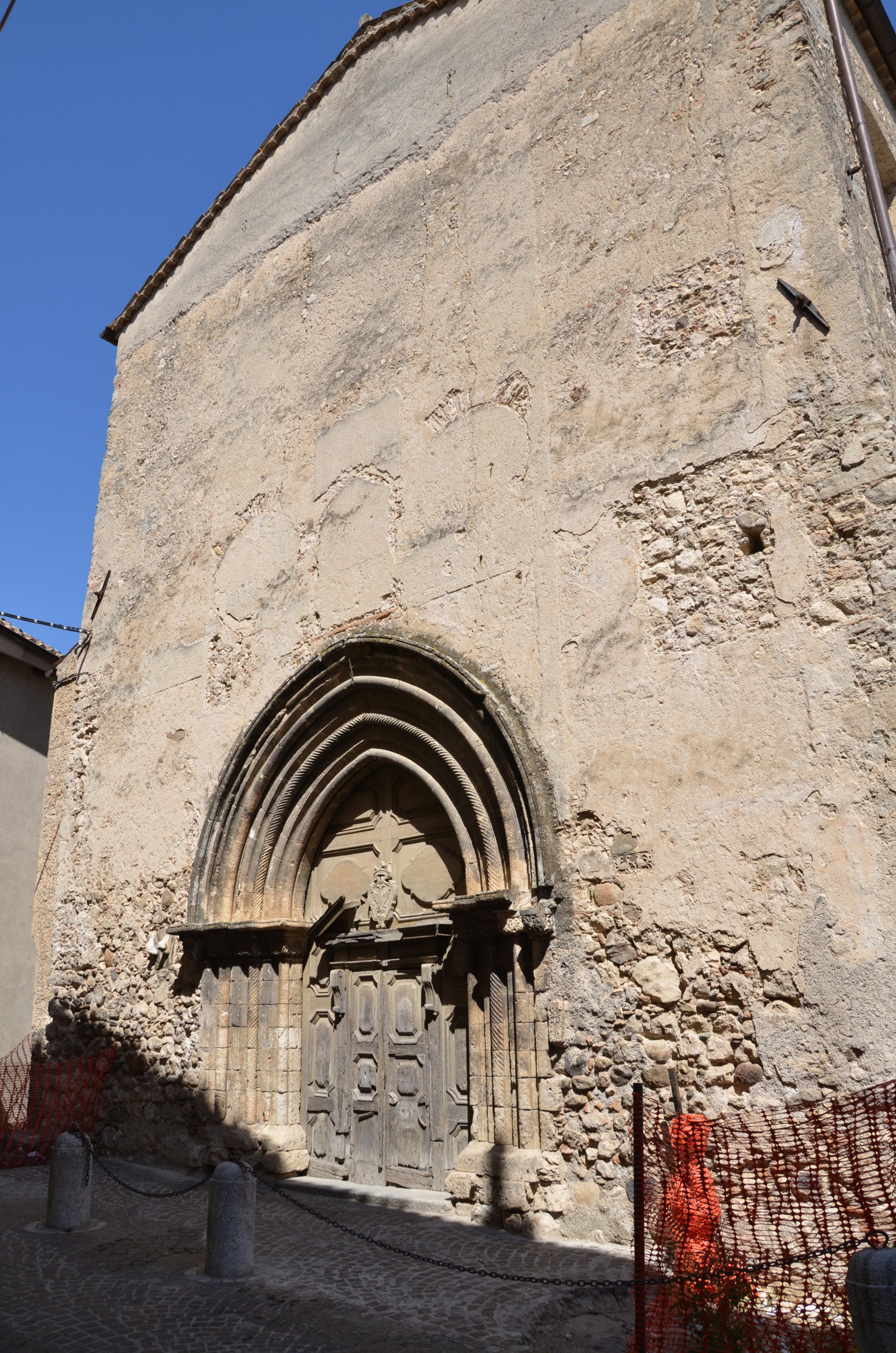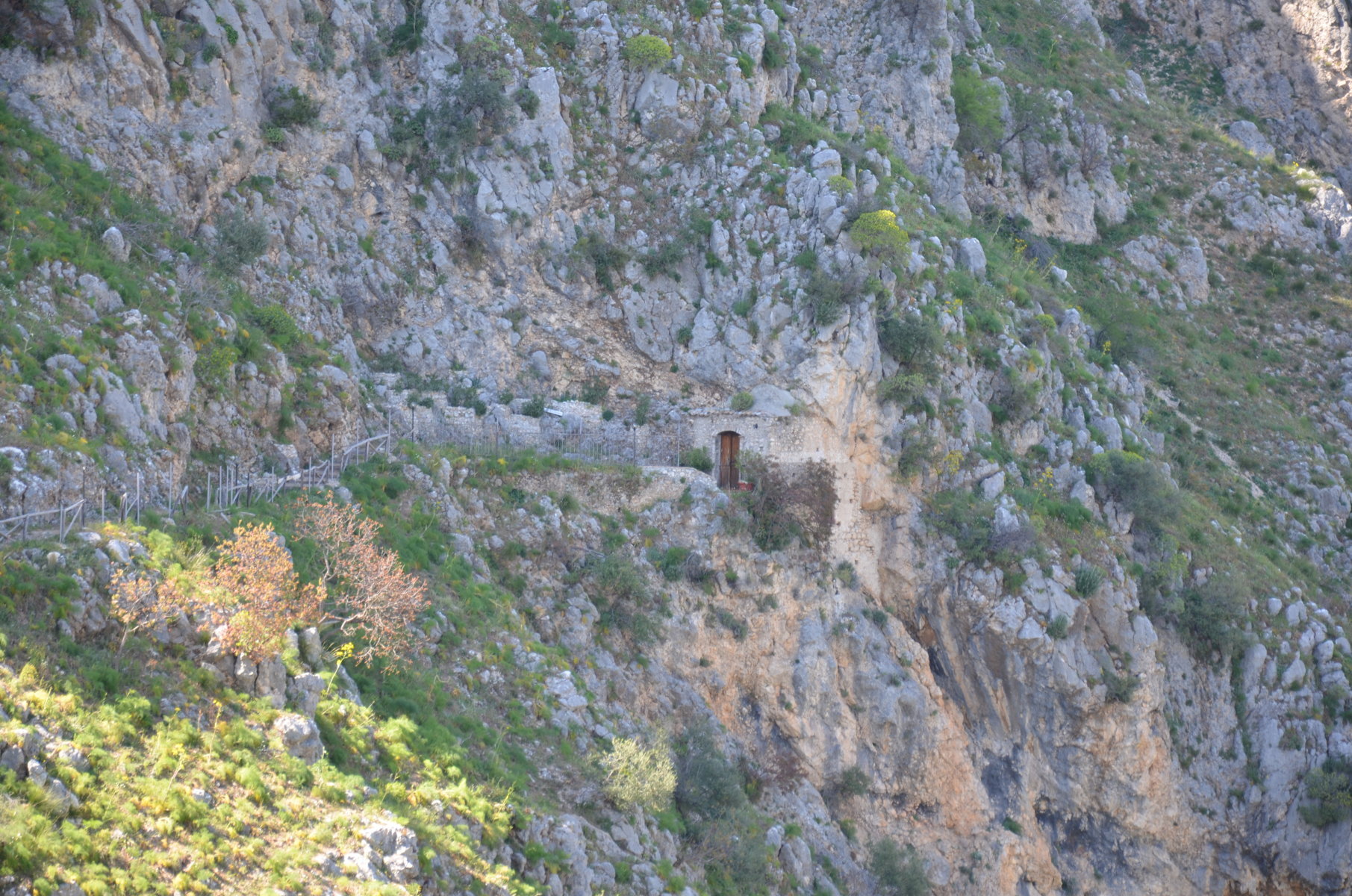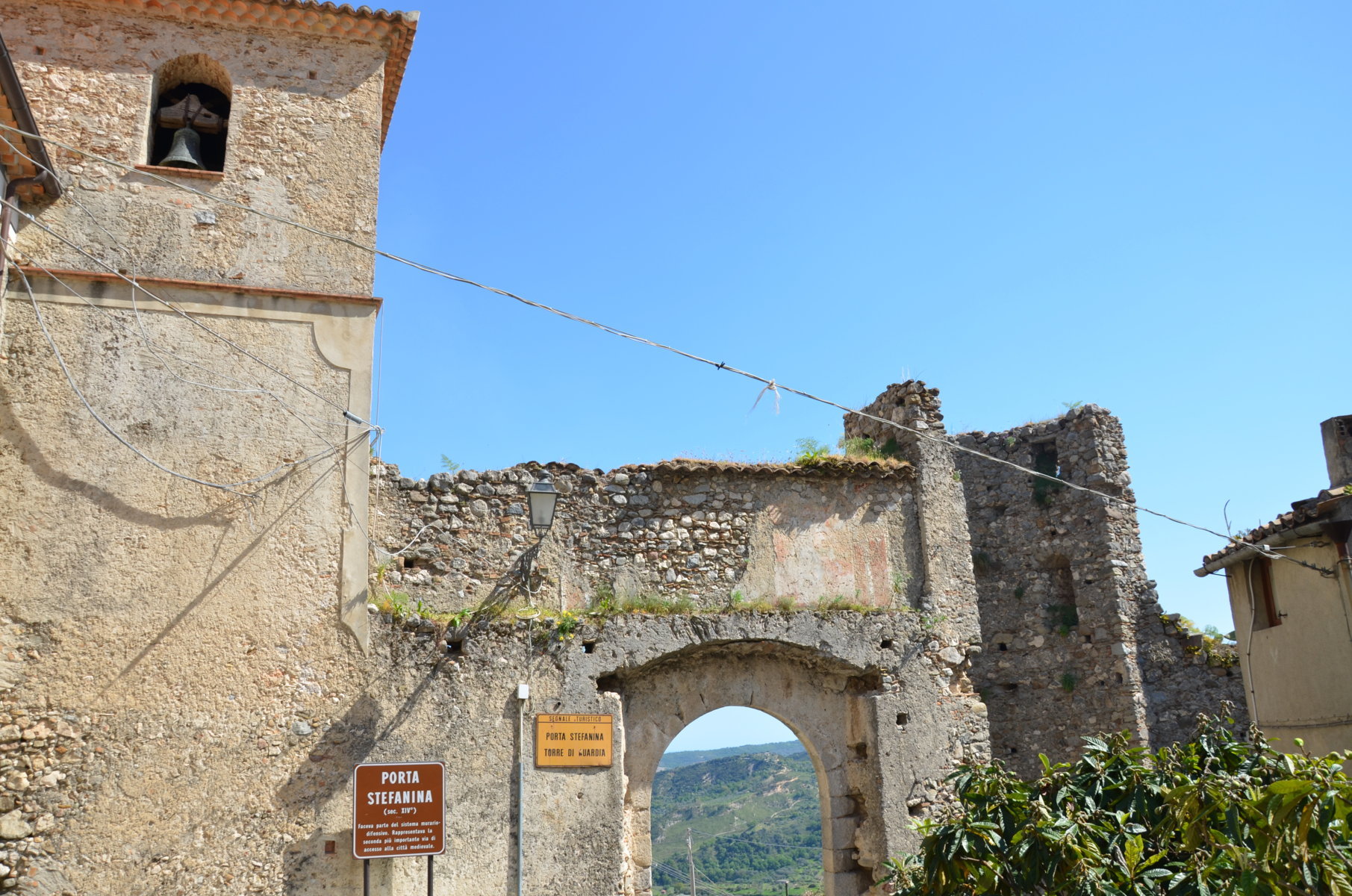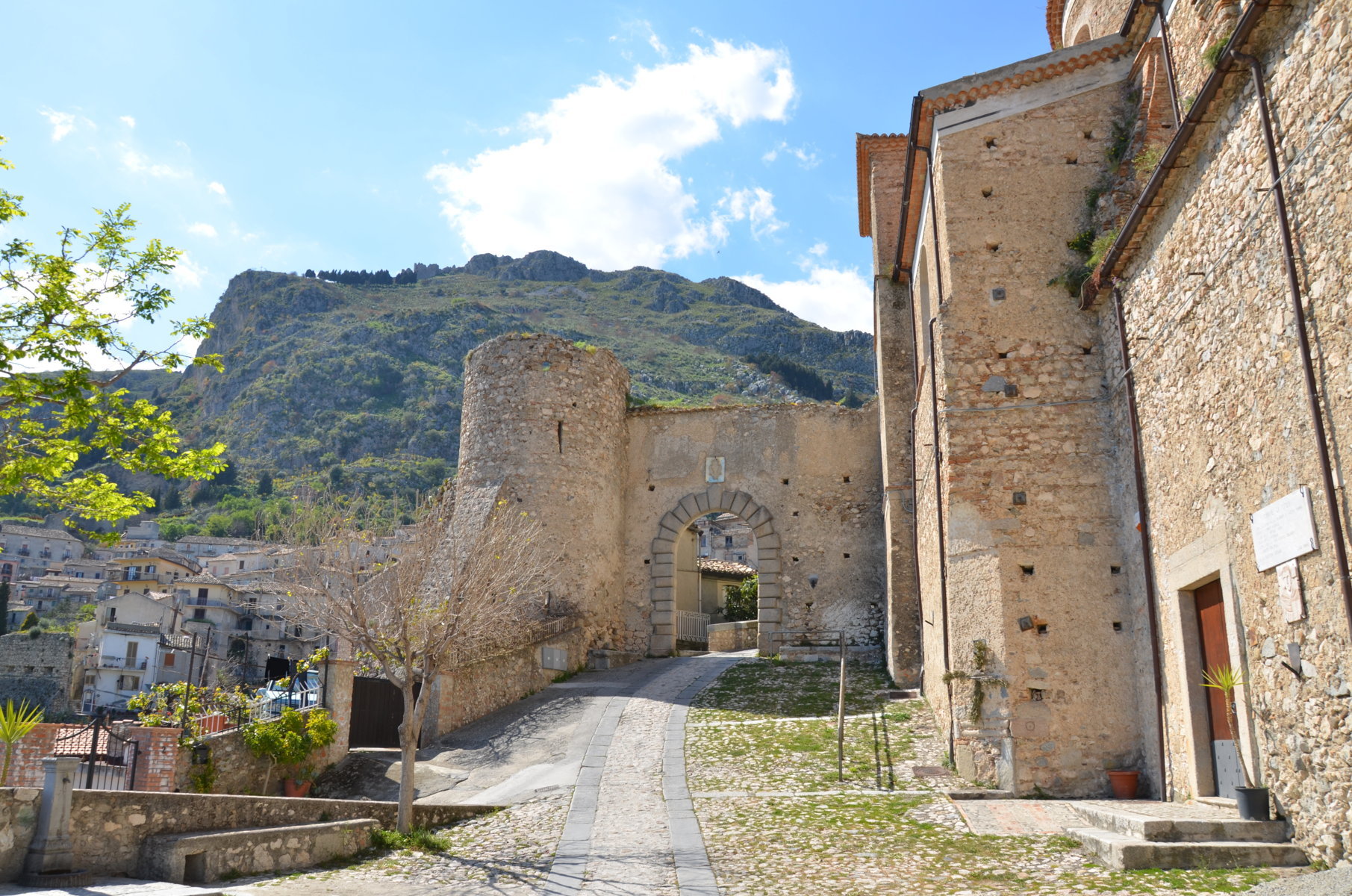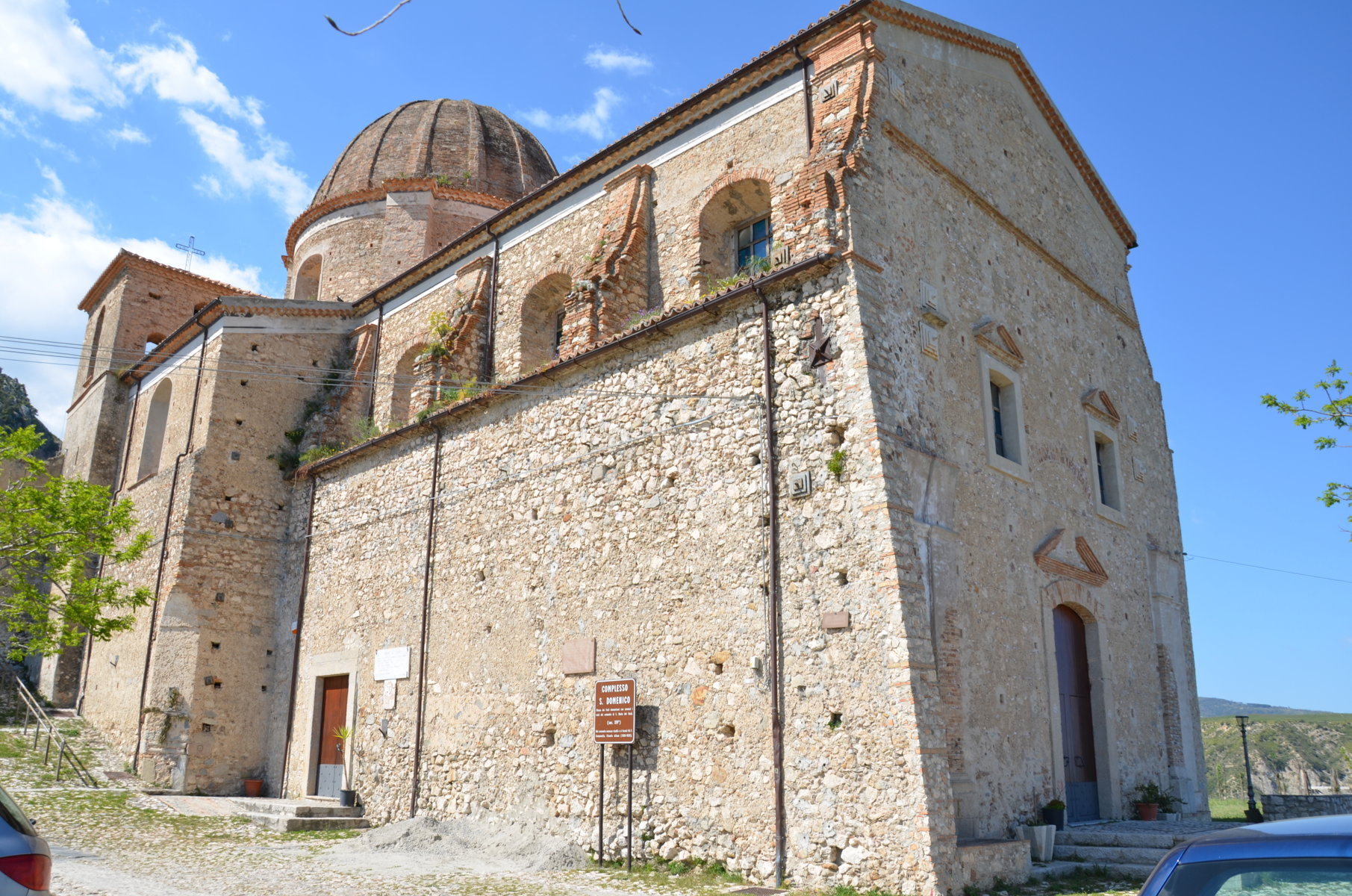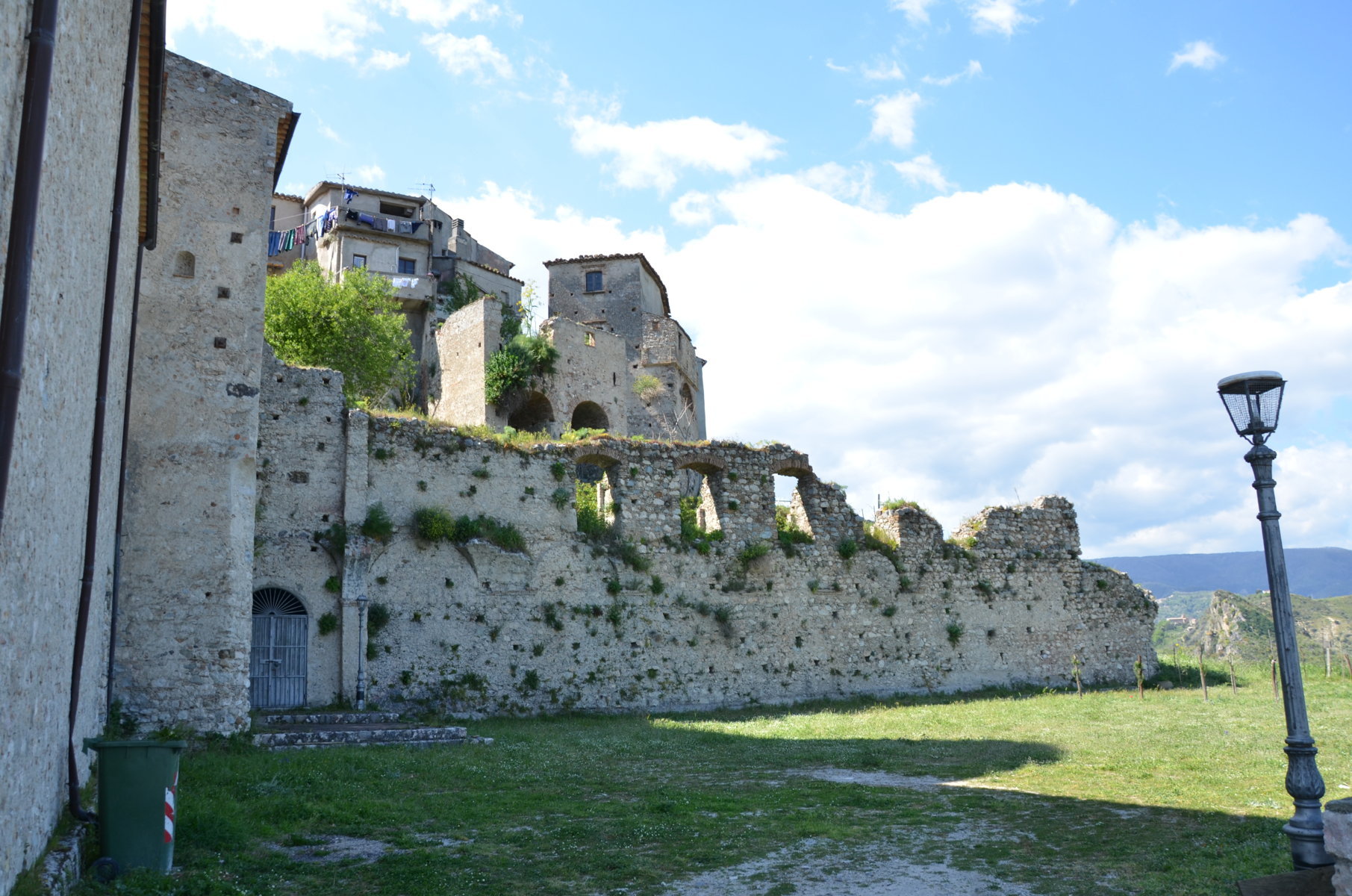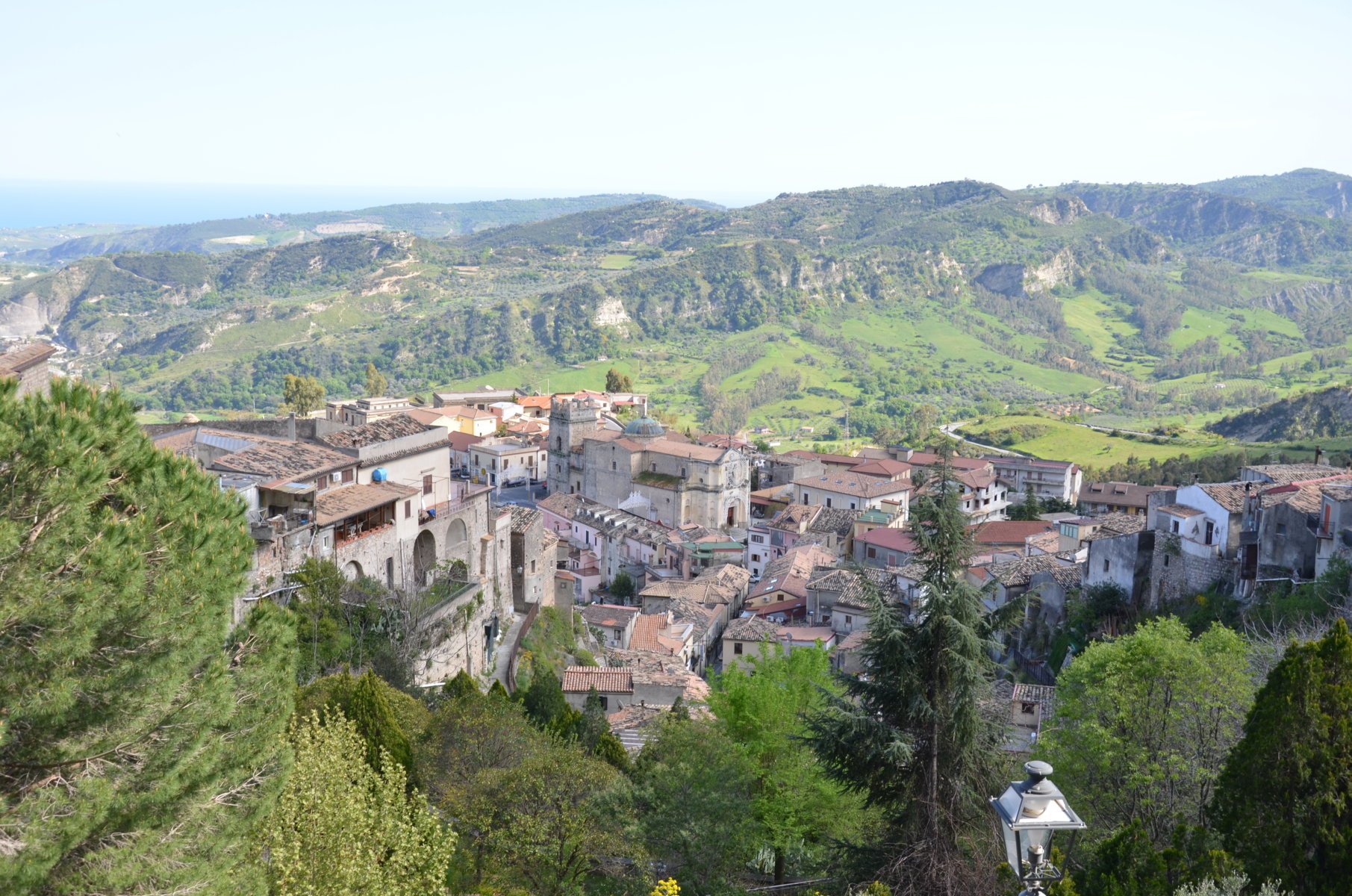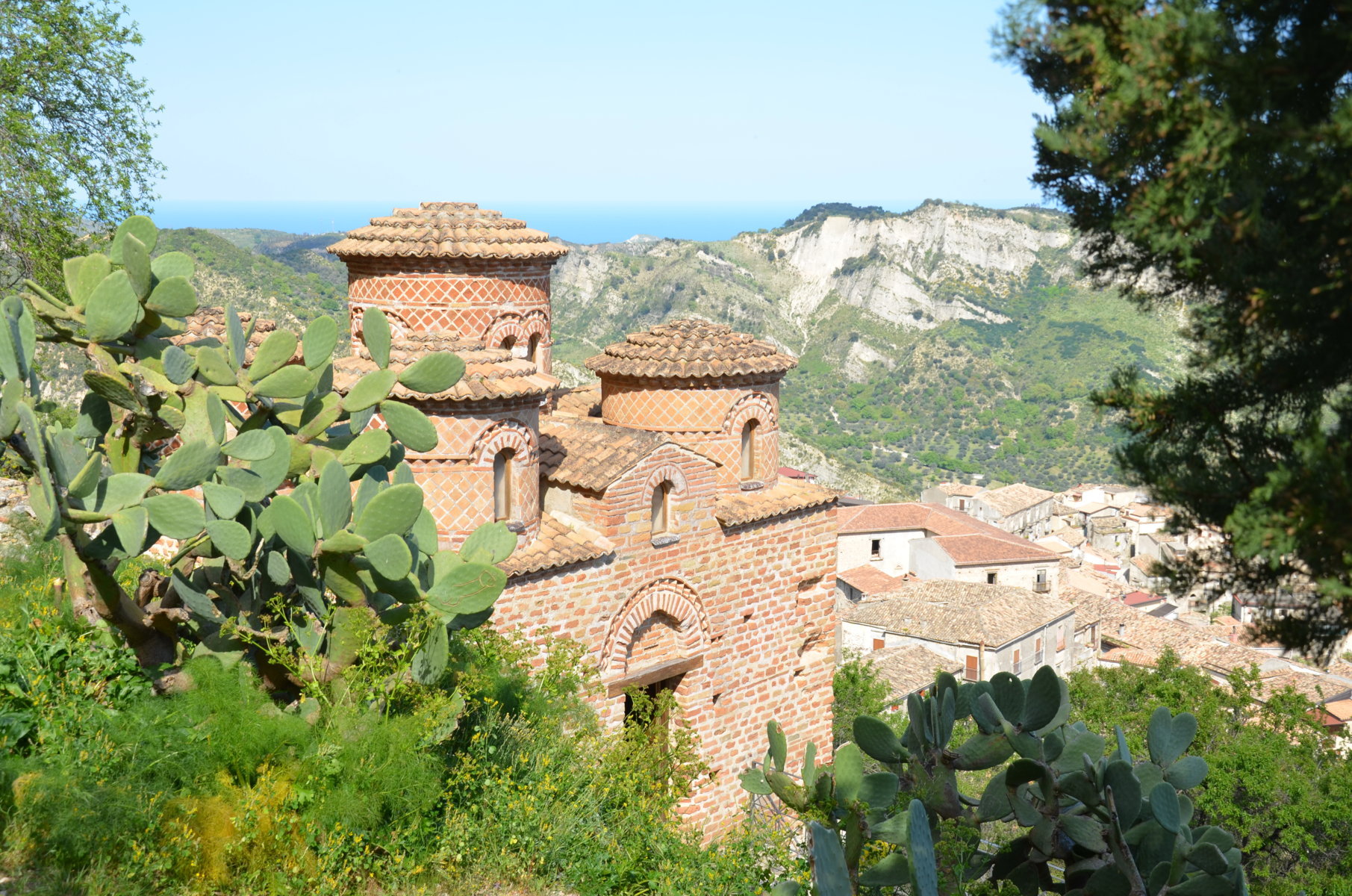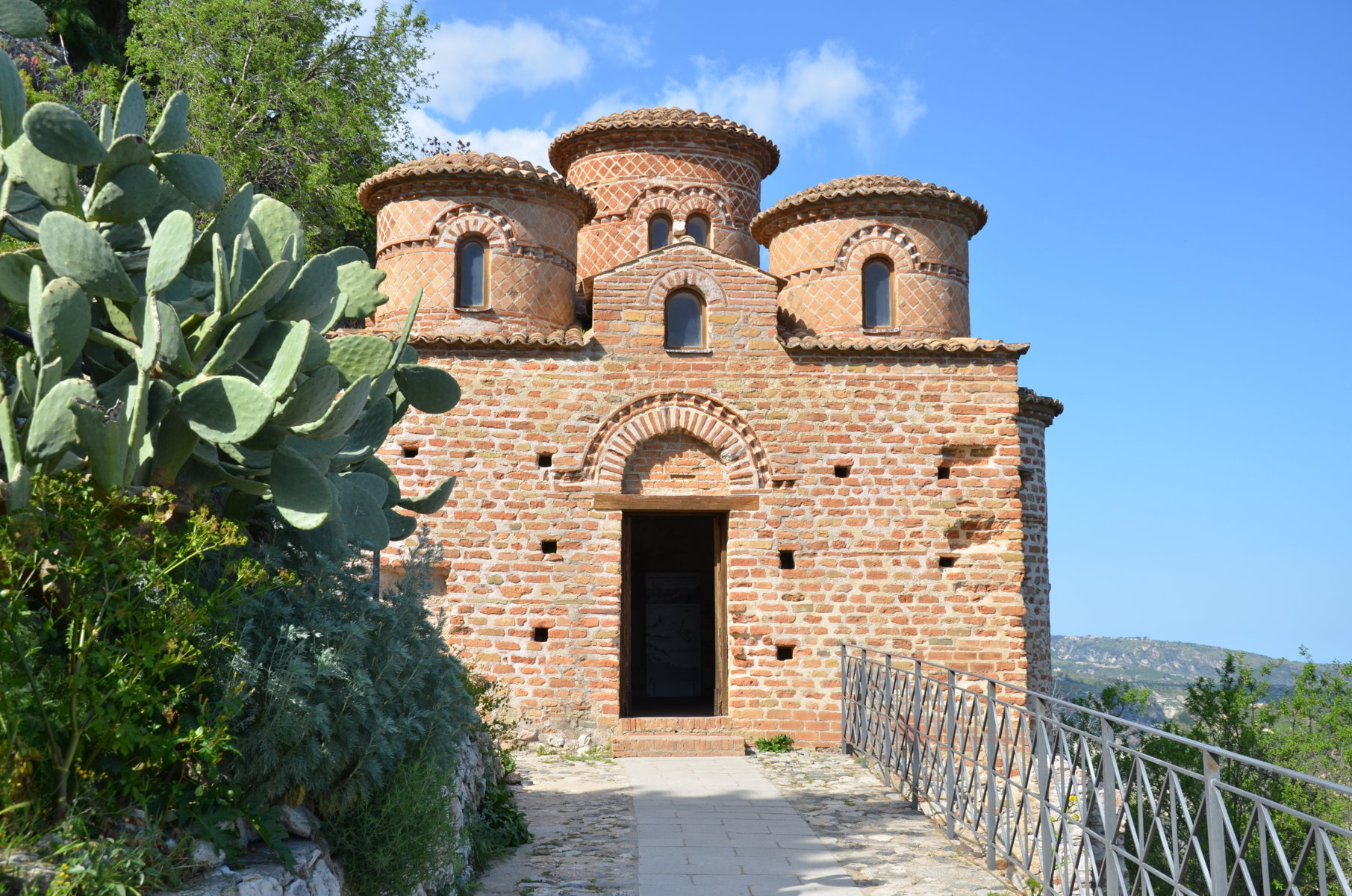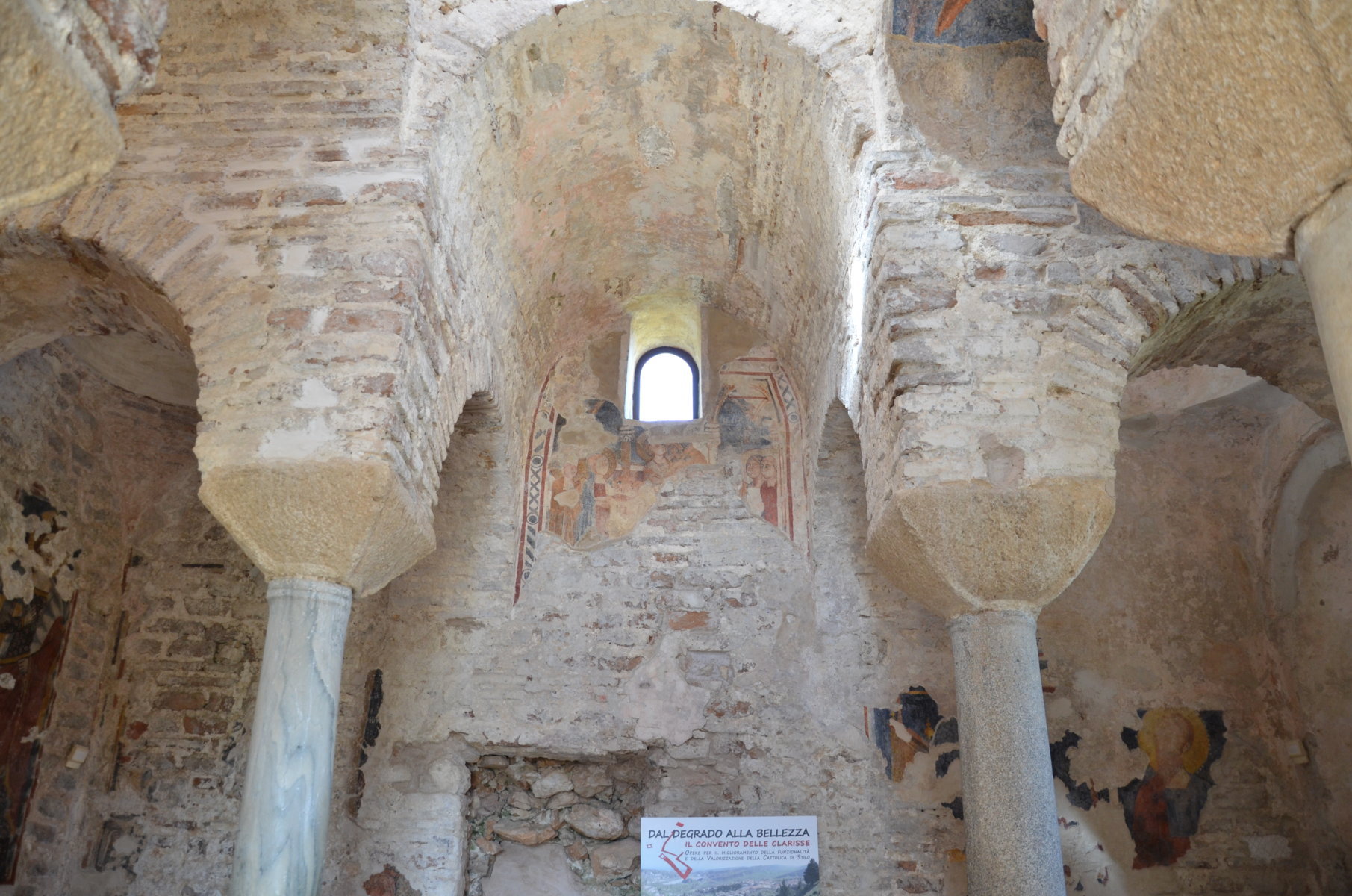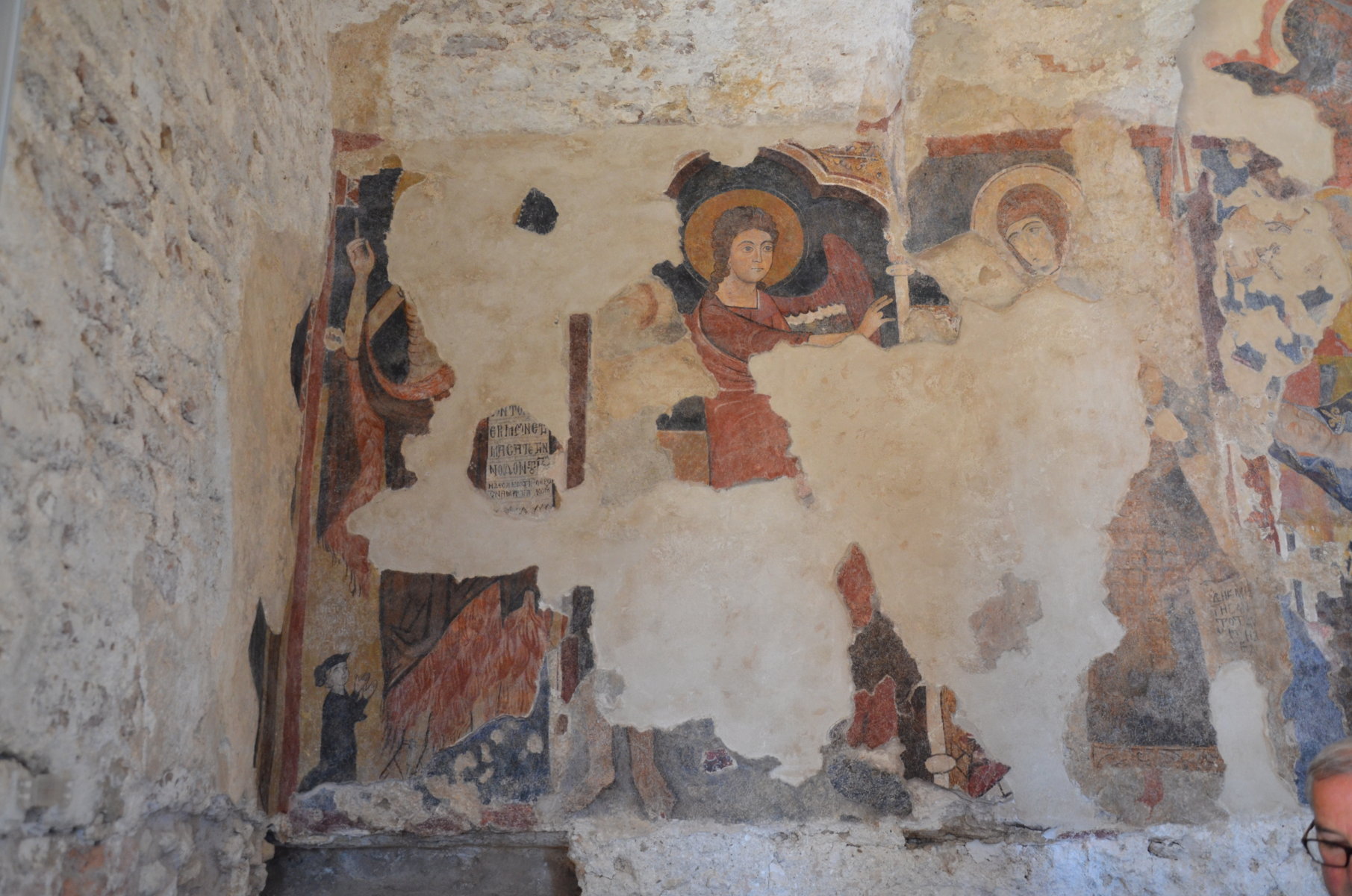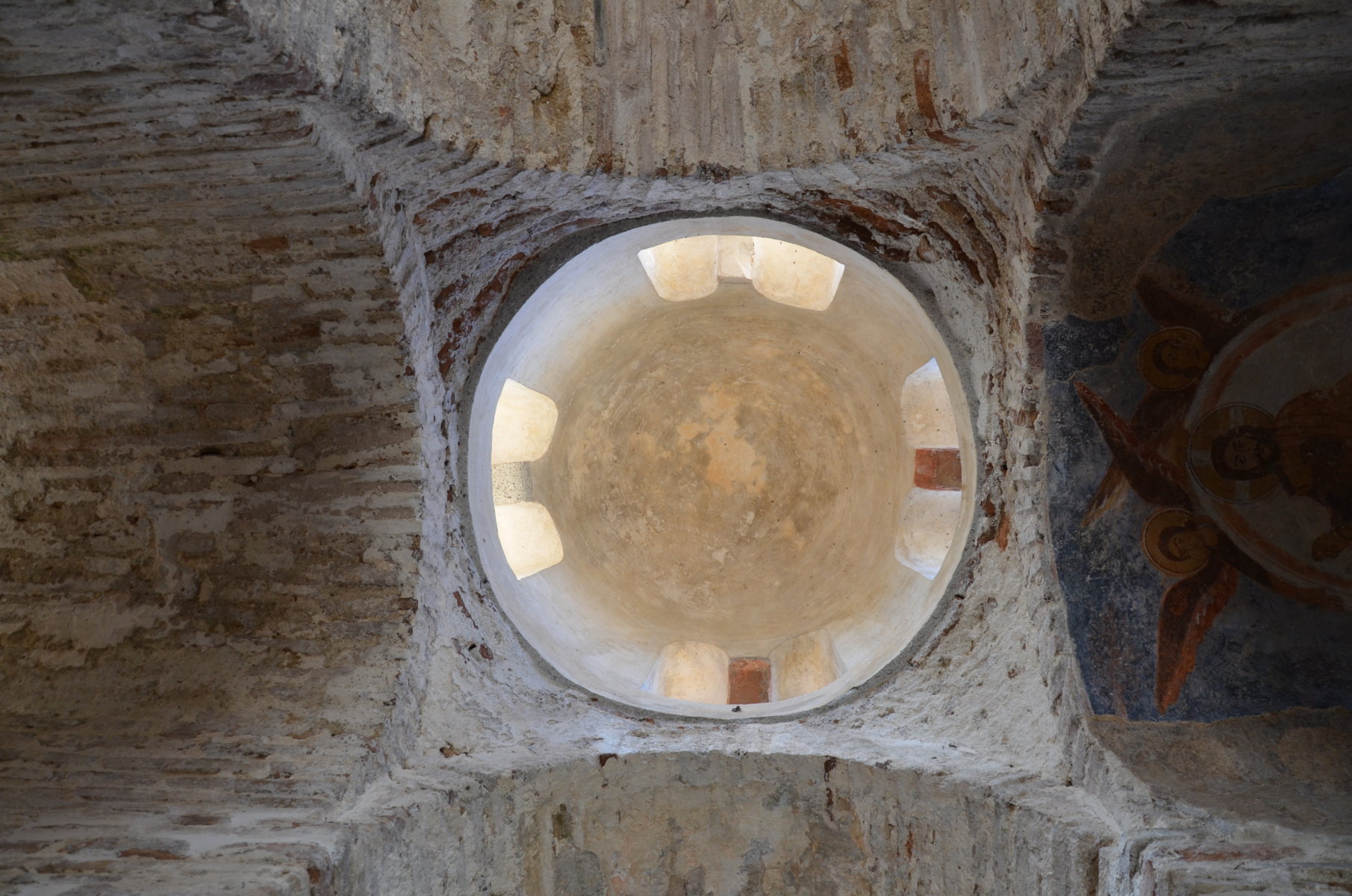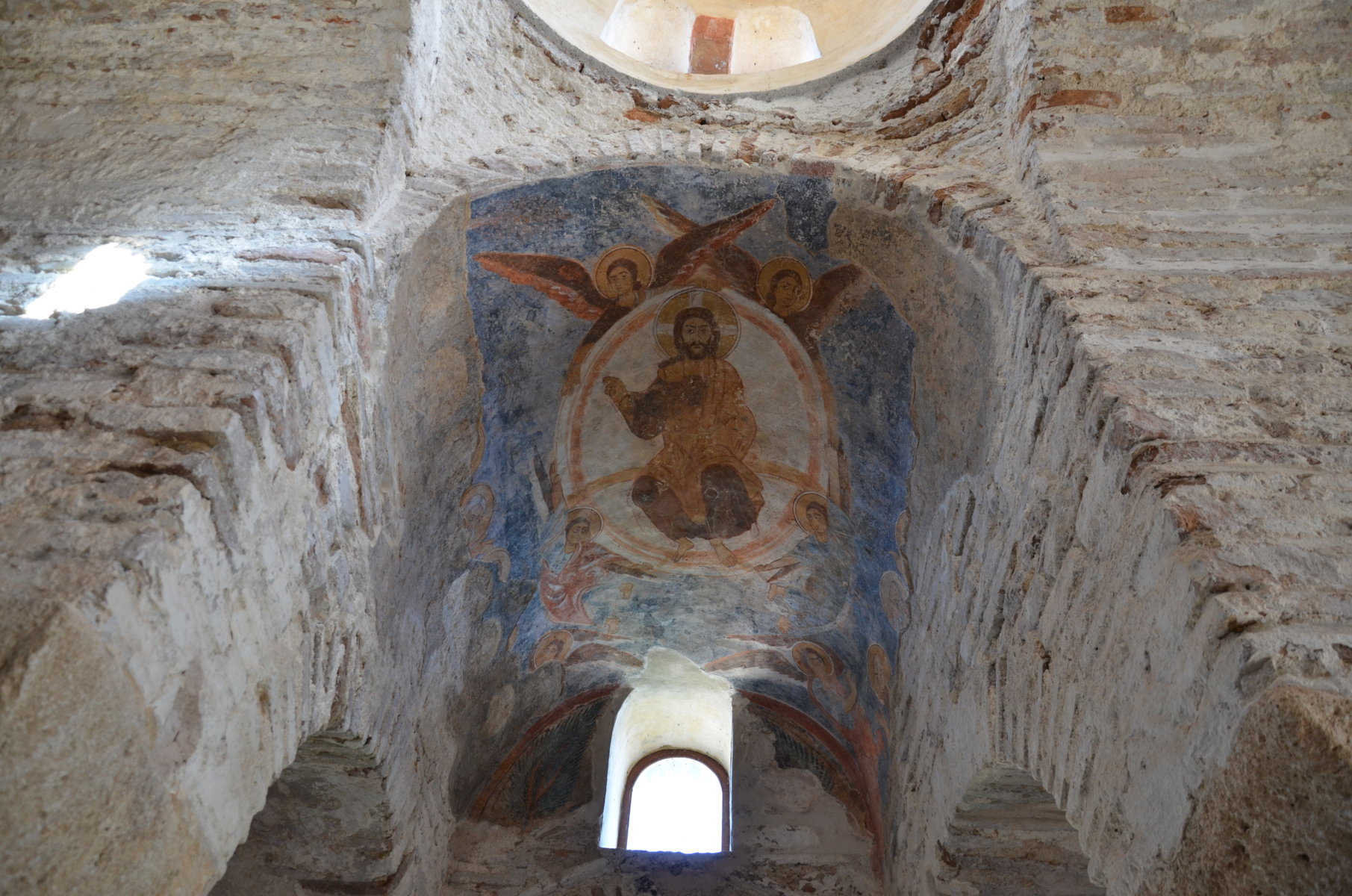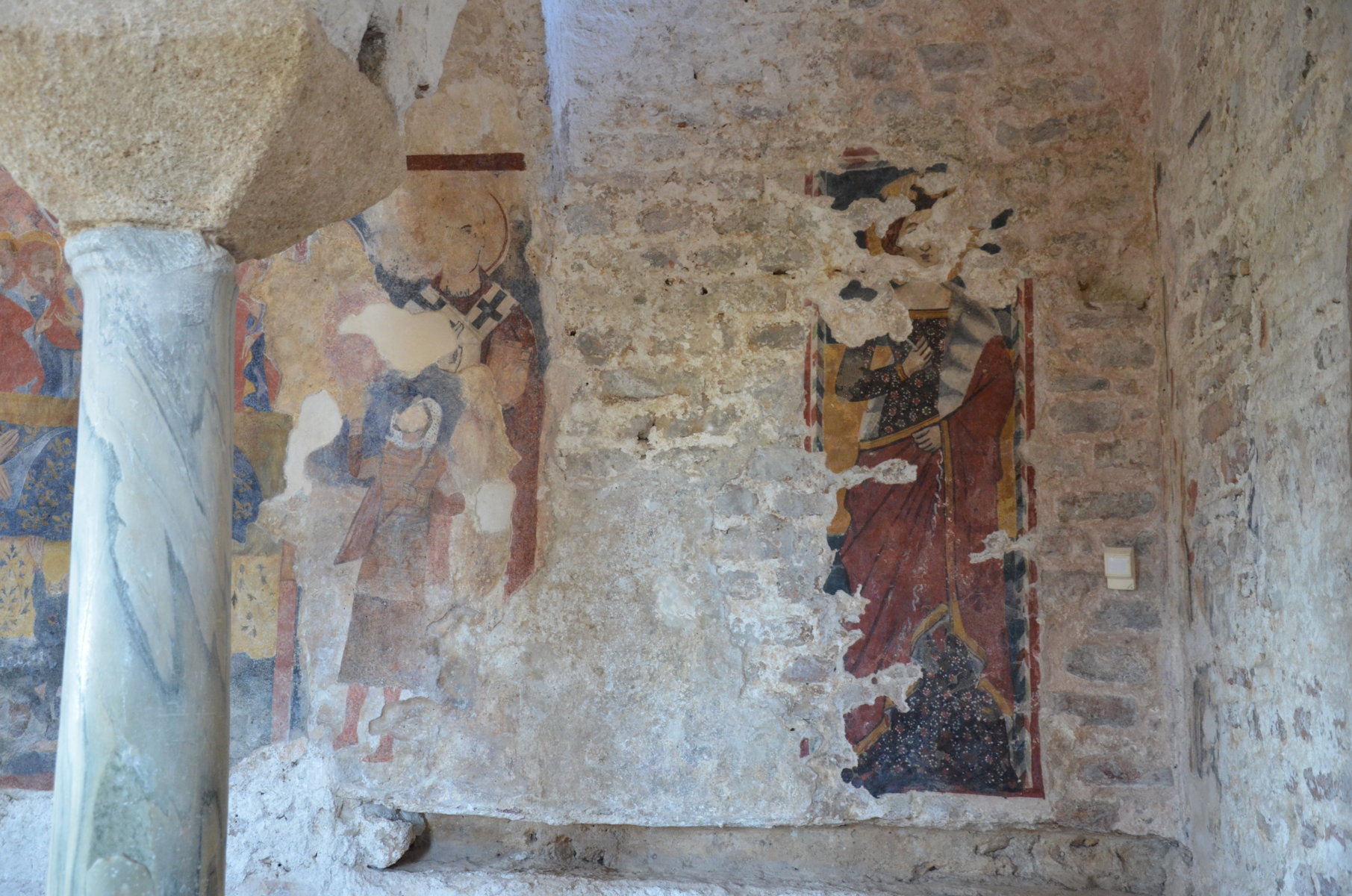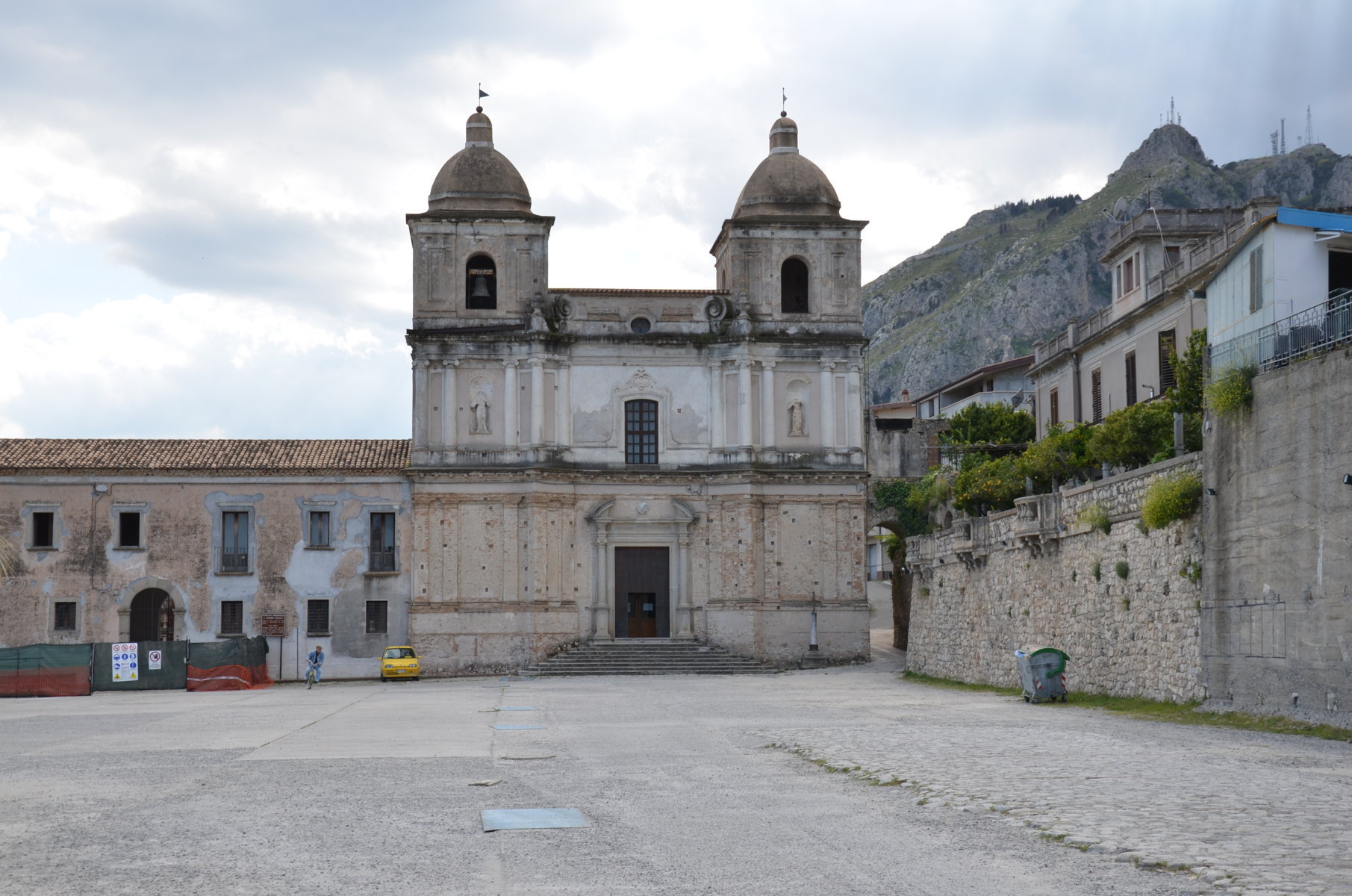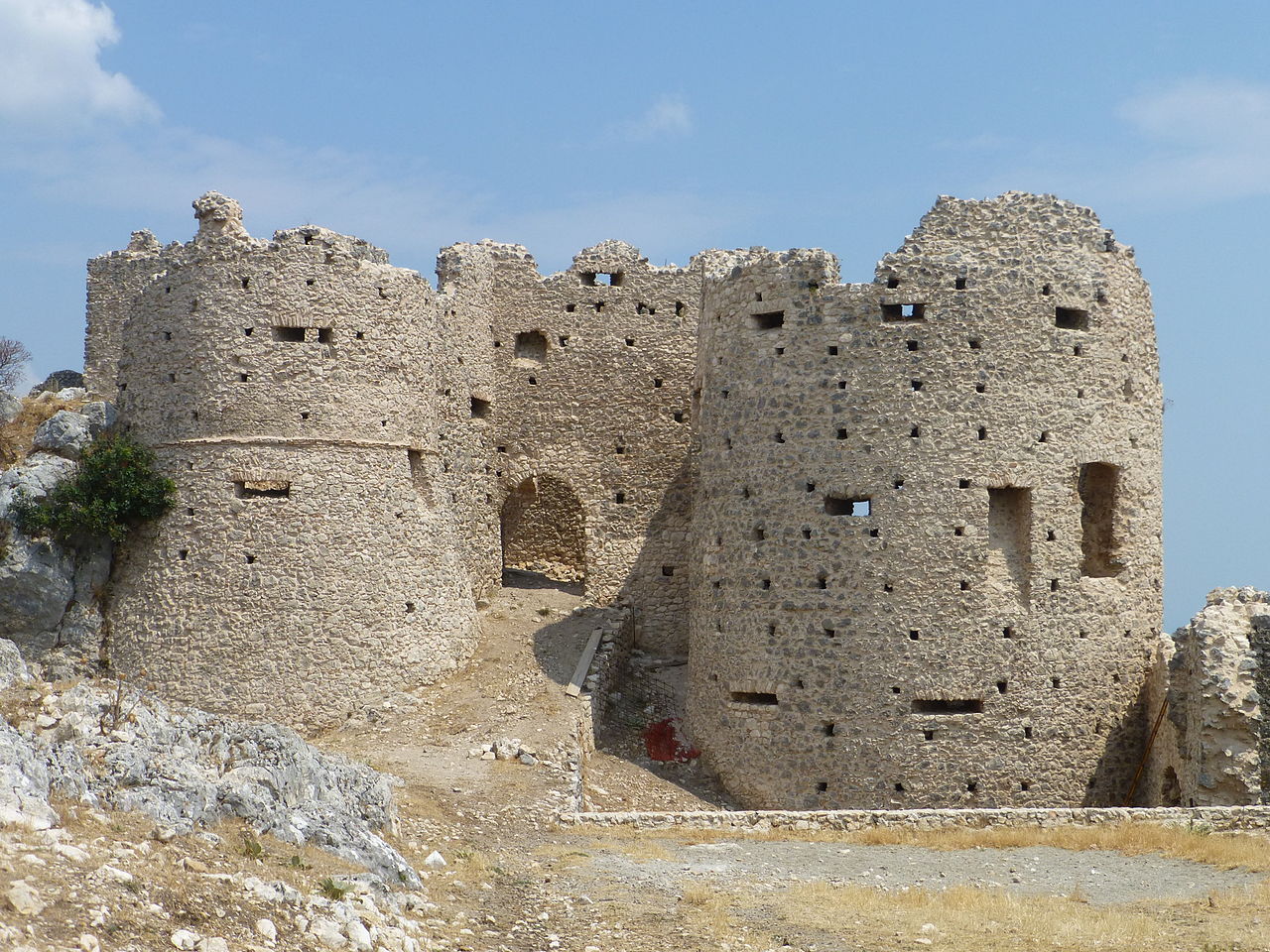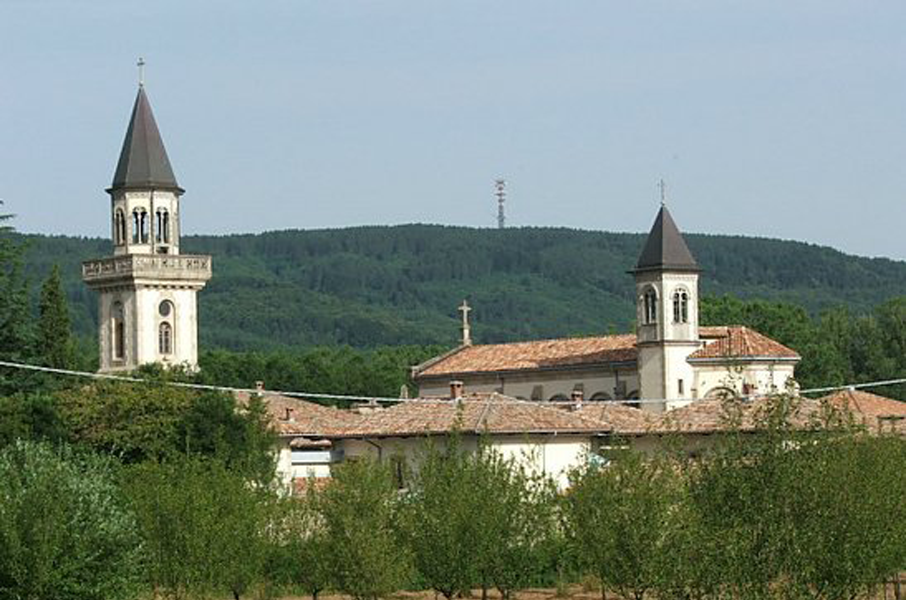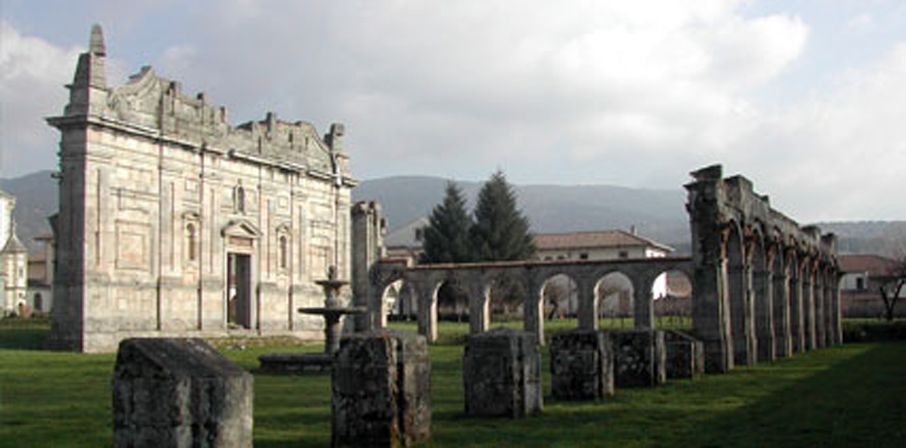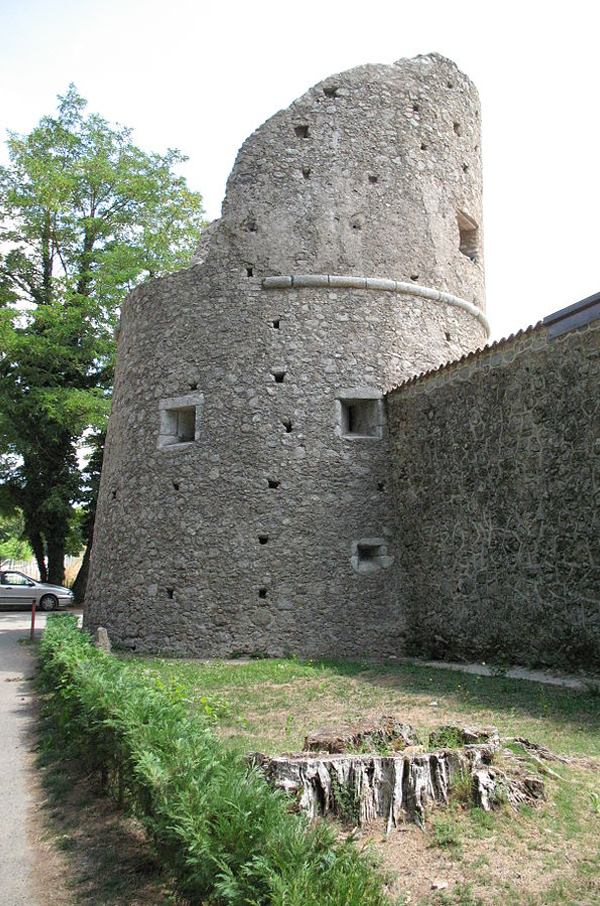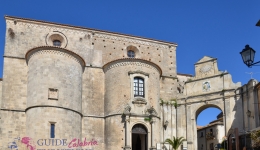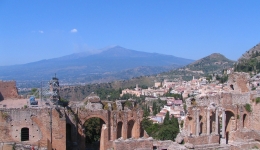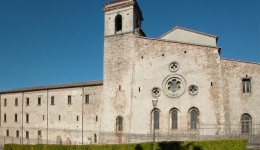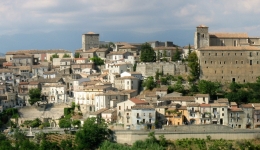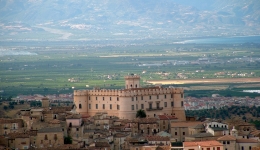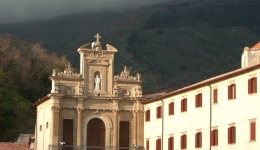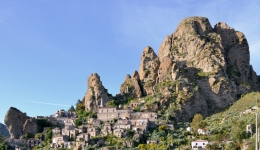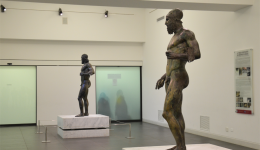Stilo is located in the area of Locri and is inserted in the circuit "The Most beautiful villages in Italy". The city was an important Byzantine centre and is known because it was the birthplace of the philosopher Tommaso Campanella in the seventeenth century. Stilo is famous because of the "Cattolica": through a guided tour you can appreciate the value of this precious XV-XVI century sacred building. It is considered a masterpiece of Byzantine architecture and preserves some significant fragments of frescoes.
The historic centre of Stilo is perched on the slopes of Mount Consolino: its position is very characteristic. It presents works of art and testimonies of the past as the churches (built between the XV-XVII century), noble palaces, the Arabian fountain called “dei delfini” (dolphins fountain), the medieval “Stefanina” town gate, the Norman castle and the lauras, caves used by Byzantine monks for religious worship and as a dwelling.
The typical dishes of the area are cheeses and meats including boar meat. You can taste these gastronomic specialties in a farmhouse.
{gallery}serra_itin{/gallery}The road SP 110 connects the Ionian coast to the Tyrrhenian coast, it runs through a mainly mountainous environment, crossing the Serre Calabresi. Going down this road, 35 km away from Stilo, there is Serra San Bruno.
In this this village there is the well-known Certosa of Saints Stephen and Bruno. The origins of the abbey date back to 1091, when Saint Bruno of Cologne arrived in Calabria. He was the founder of the first Carthusian monastery, cradle of the monastic order dedicated to silence and contemplation.
The saint founded the hermitage of Santa Maria and the monastery on the site where now there is the wonderful Certosa, surrounded by the forest of the Regional Natural Park of the Serre. Because of earthquakes, only part of the original Gothic architecture has remained today: the building you can see now was built between the nineteenth and twentieth century, but it is equally interesting and attracts pilgrims from all over the world.
Inside the Certosa there is a museum dedicated to the history of the Carthusian order in Italy and a library.
For more information about this itinerary, please contact us!







